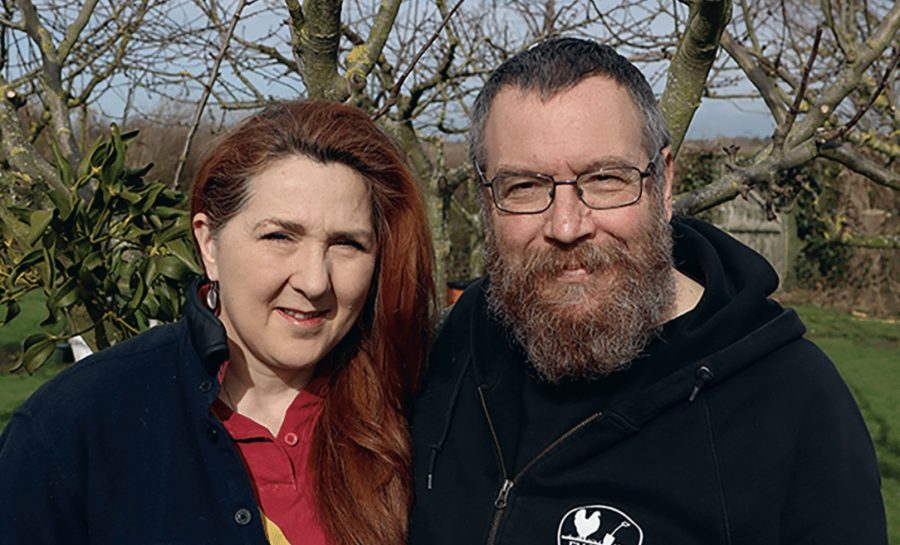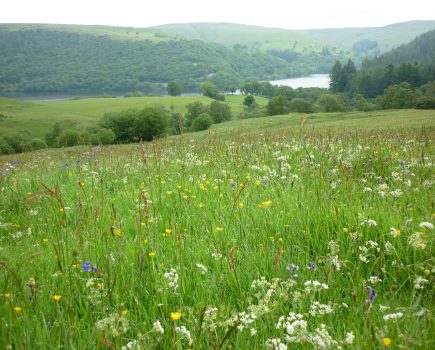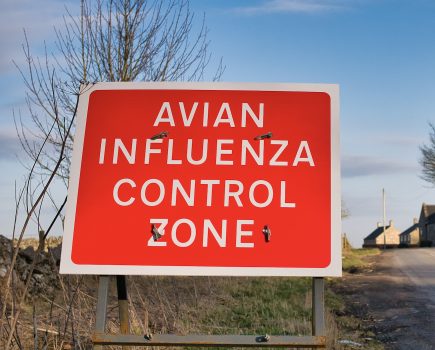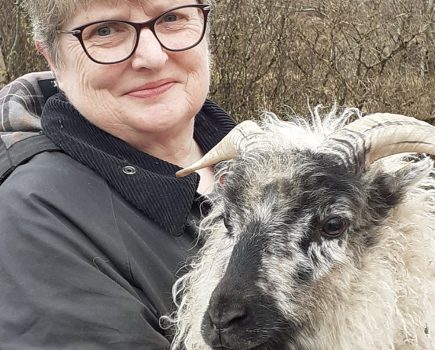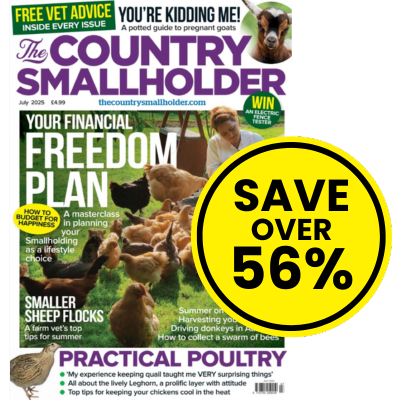English Country Life’s Hugh and Fiona Osborne describe the ups and downs of supporting their smallholding through social media influencing.
Most smallholders are looking for ways to make their smallholding support them fully and to achieve a high quality of life. Unfortunately, unless you have acres and acres of land and the ability to rotate multiple crops and animals to grow food for you and your animals, that’s a beautiful dream not a reality. As a result, many of us are looking for ways to support our smallholding lives to bring in that extra cash needed to meet unavoidable bills such as Council Tax, animal feed etc.
Through a lot of hard work and some luck, we have built a social media following that allows us to support ourselves without going to an office job for a payslip. Don’t get too enthusiastic about this, it didn’t happen overnight. We published our first video in February 2019 on YouTube, and we’ve only just given up all other employment.
The one big point to make before going any further is that this is a business and it’s not free money. It’s money that is earned and is taxable in the same way that any money as a sole trader, partnership or company would be taxed. This may seem obvious, but for some people, as it’s based on social networks, it doesn’t “feel” like taxable income. It absolutely is taxable income.
THE SOCIAL MEDIA BUSINESS
Most of us will have a foot in the door of social media in a friends and family way, whether that’s on Facebook, X,TikTok, Instagram or one of the many other platforms out there. That’s how we started out too with simple social accounts on Twitter. But how can you jump from there to making it pay? Each platform has their own version of monetisation, but all of them have eligibility criteria. That eligibility normally involves passing more than one threshold and allows you to earn money in different ways. For example, YouTube require you to have at least 1,000 subscribers and your videos must have been watched for at least 40,000 hours in a rolling twelve-month period. Once you’ve exceeded both thresholds you are eligible to earn from advertisements shown by Google before, during and after your videos.
YouTube is where we started our paid social media careers but it took a year of making and publishing videos at least once a week before we passed the monetisation threshold. After hours and hours of filming, editing and working to promote the videos, we received our first payment. It was £20. It felt a little bit like a slap in the face, but it could have been worse. We know of smallholder accounts that started YouTube channels at the same time we did and are still not able to earn from advertising income.
Picture caption: Hugh and Fiona Osborne have managed to build a social media following that pays.
This article extract was taken from the January 2025 edition of The Country Smallholder. To read the article in full, with more social media insights from Hugh and Fiona, you can buy the issue here.

